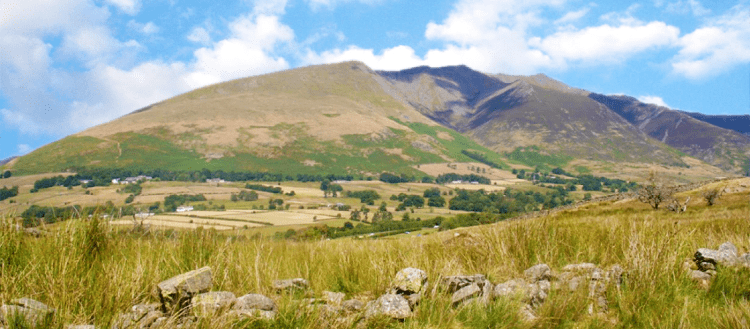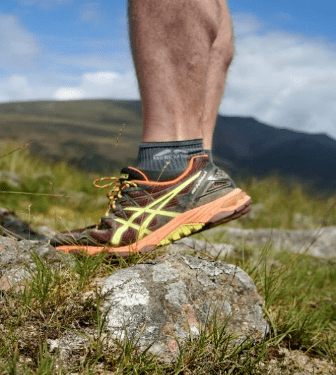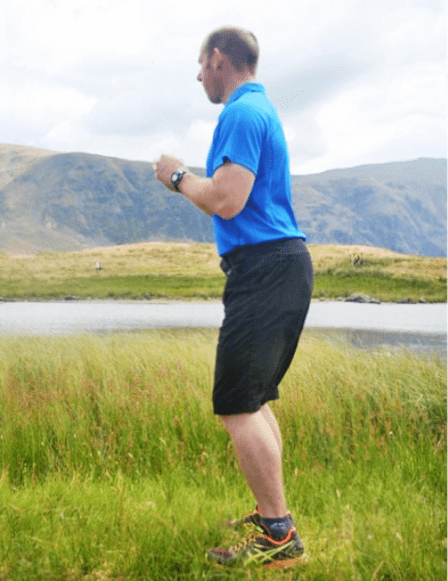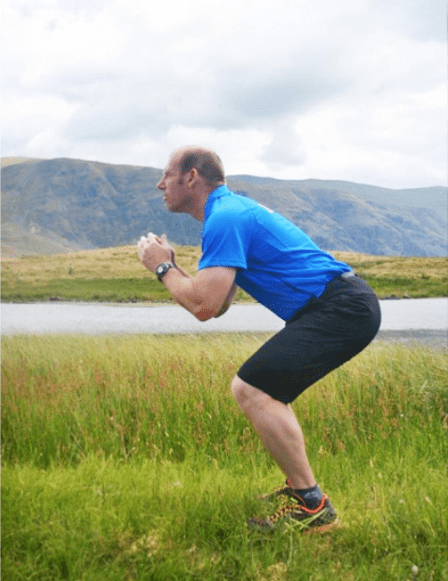Learn to Walk the Fells
Prepare for your hilly fell-walking holiday with these top stretches.
Learn to Walk the Fells
https://www.contours.co.uk/learn-to-walk-the-fells
by Neil Cooper
Many of us started our walking or running journey on tarmacked roads or hard-packed paths in local parks. It is a great way to get out and enjoy exercising and an outdoor lifestyle, but there comes a time when the trails and fells start to seem a more attractive alternative. After all, the hard-earned reward of a breath-taking view from the top of a mountain is hard to beat.

I have the privilege of living in the Lake District and seeing a regular procession of walkers and runners setting out to conquer Blencathra or Skiddaw. I also witness many of them returning to their cars having found the challenge to have been far more than they expected.
The fells and off-road trails represent many different physical challenges. To truly enjoy the experience, and to reduce the chance of injury, the secret is to prepare your body before you encounter the terrain.
The biggest challenges are the steepness of the hills, the uneven surfaces and the amount of force applied through your legs when descending. Train your body to overcome these obstacles, and you’ll find the steep climbs of challenging holidays like the Snowdon Round Mountain Route and the Bob Graham Round so much safer and more satisfying to complete.
 When going uphill, the part of the body that takes the most strain is the calf muscles. Often, climbs are sustained over a long distance.
When going uphill, the part of the body that takes the most strain is the calf muscles. Often, climbs are sustained over a long distance.
A simple exercise to strengthen your calves is calf raises. Standing straight with your feet shoulder width apart, raise your heels up so you are on your toes, and then slowly drop your heels back to the ground. Hold on to something such as a chair back for balance if needed.
Try doing 10 of these 3 times a day; it is an ideal exercise to do in the office or anytime you are stood, such as when you boil the kettle. As you get stronger, you can add more reps per day.
Uneven terrain often causes people to go over on their ankles, especially if your footwear has no ankle support. It is worth building up your ankle strength, particularly the small muscles that help your stability, known as proprioceptors.
A good way to do this is by standing on one leg and shifting your weight slightly in order to make your ankle muscles work to maintain your balance. Try doing it while cleaning your teeth. When you get better at it, you can add a degree of difficulty by closing your eyes!
Do this little and often; it is a very simple way to improve your resilience to injury.
When you have worked hard to reach the top of a hill, people think the hard work is done and there is only the nice, easy stroll down the hill left. However, after a short while you find your thighs are burning and the descent doesn’t seem quite so easy!
Walking or running down a hill puts a massive strain through your thighs. Doing squats is a great way to add strength to the thigh area.
Stand with your feet shoulder width apart, head up with a straight back, and slowly sink your bottom down, keeping your knees pushed apart and your back straight. Then slowly rise back up to a standing position.


Again, doing 10 squats 3 times a day will really strengthen the thighs.
With a little preparation, your body will be fell-ready in no time, helping you enjoy your active holiday.